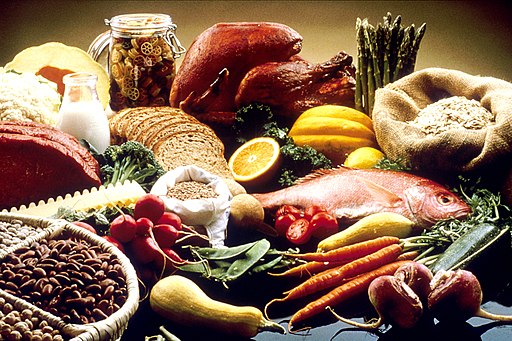Retinoblastoma is a form of rapidly developing cancer that grows on the retina, the tissue with a role to detect colour and light. The condition usually affects the children under the age of five and rarely causes a problem for adults. Still, around 40-50 new retinoblastoma cases arise every year in the UK alone.
Retinoblastoma is a treatable condition provided it is diagnosed early, or else it may spread to other organs and turn into a life-threatening disease.
Different Types of Retinoblastoma
Retinoblastoma has two different types, namely non-inheritable and inheritable. The non-inheritable form is more common and occurs in around 55% of retinoblastoma patients. It is important to understand that all cancer types are genetic in the sense that they require mutations of the genome to survive, but this doesn’t qualify to the fact that all cancer types are heritable (transmitted to newborns).
Retinoblastoma may affect one eye or both. When it is bilateral (affects both eyes), it is usually inherited, but is less common and only occurs in 25% of retinoblastoma patients.
Common Signs and Symptoms
While signs and symptoms of retinoblastoma may vary from patient to patient, some main signs stay the same. Some of the common signs include red eyes, eye pain with swelling, and eyes that cannot see in one direction or lose their focus. Yet another major sign is a whitish pupil, especially when the doctor points light to the eye. If you take a flash photo and the pupil is white instead of being red (the usual red eye effect), it may be a sign of retinoblastoma.
If you experience any of these signs and symptoms in your child, immediately get in touch with your paediatrician to rule out the possibility of having a tumour. As retinoblastoma is not that common, your doctor may first look for other common eye disorders to know what’s causing problem. In case retinoblastoma runs in your family, it makes sense to have your child’s eyes examined regularly to ensure it’s not too late to treat.
Diagnosis
 Mainstream imaging tests and eye exams will help diagnose retinoblastoma, but the ophthalmologist may use special equipment to deeply analyse your retina. He/she will take other tests like MRI scans, CT scans, ultrasound, bone scans, etc., if they find retinoblastoma in the first place. These tests help determine the spread of the tumour as well as its stage.
Mainstream imaging tests and eye exams will help diagnose retinoblastoma, but the ophthalmologist may use special equipment to deeply analyse your retina. He/she will take other tests like MRI scans, CT scans, ultrasound, bone scans, etc., if they find retinoblastoma in the first place. These tests help determine the spread of the tumour as well as its stage.
Support
Discovering that your child is a victim of retinoblastoma would be extremely upsetting, but you can consider attending some support centres or charities to get the kind of emotional and financial support you need to sail through the tough times. One good option is PoppyBelleDreams, an organisation founded by Brian Barso who decided to start this charity to offer financial support to parents after he saw her daughter fighting with the same condition. Get more details at the website to know how Brian Barso and his organisation can help families deal with this terrible condition.

 A child’s nutritional needs during retinoblastoma treatment may vary from case to case (depending on the treatment approach chosen and other factors), and, therefore, your doctor, together with a registered dietician, can put together a detailed diet plan to help your little one cope better. Eating well during retinoblastoma treatment can help your child:
A child’s nutritional needs during retinoblastoma treatment may vary from case to case (depending on the treatment approach chosen and other factors), and, therefore, your doctor, together with a registered dietician, can put together a detailed diet plan to help your little one cope better. Eating well during retinoblastoma treatment can help your child:
![By dave_7 (originally posted to Flickr as 1961 Lenham GT) [CC-BY-2.0 (http://creativecommons.org/licenses/by/2.0)], via Wikimedia Commons Brian Barso](http://upload.wikimedia.org/wikipedia/commons/thumb/4/45/1961LenhamGT.jpg/512px-1961LenhamGT.jpg) earch by the private bank Coutts since 2005 shows that in seven and a half years, classic cars have returned an average of 237%, classic watches returned 176% and jewellery, 146%. The index of fifteen ‘passion assets’ which includes fine art, wine and other trophy assets rose as a whole by 82%, compared to just a 53% rise in the global MSCI All-Country Stock Market index.
earch by the private bank Coutts since 2005 shows that in seven and a half years, classic cars have returned an average of 237%, classic watches returned 176% and jewellery, 146%. The index of fifteen ‘passion assets’ which includes fine art, wine and other trophy assets rose as a whole by 82%, compared to just a 53% rise in the global MSCI All-Country Stock Market index.